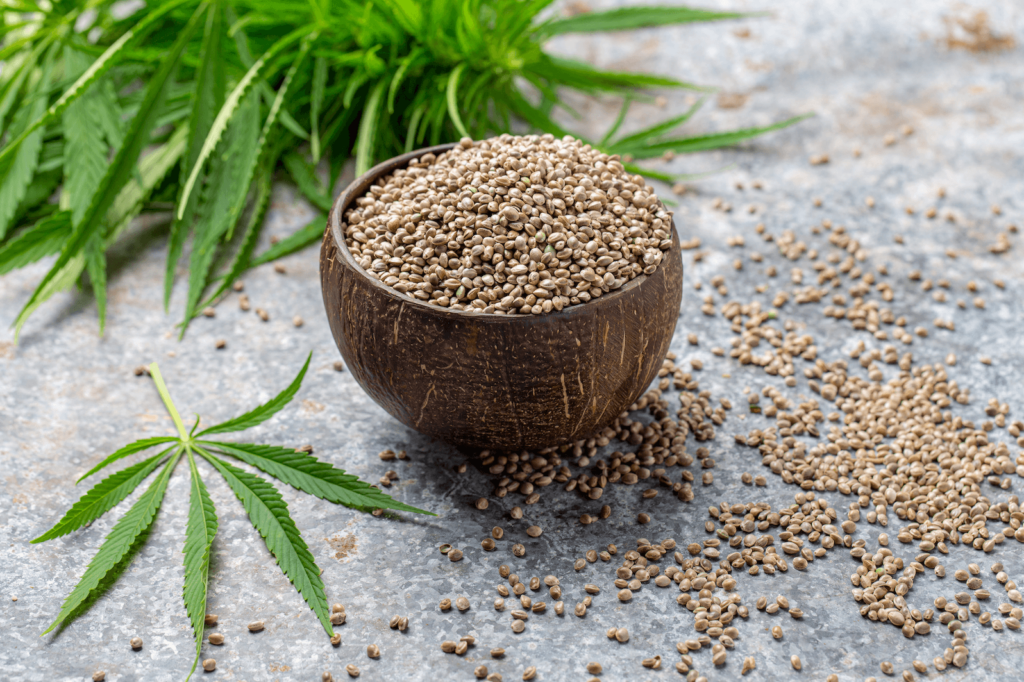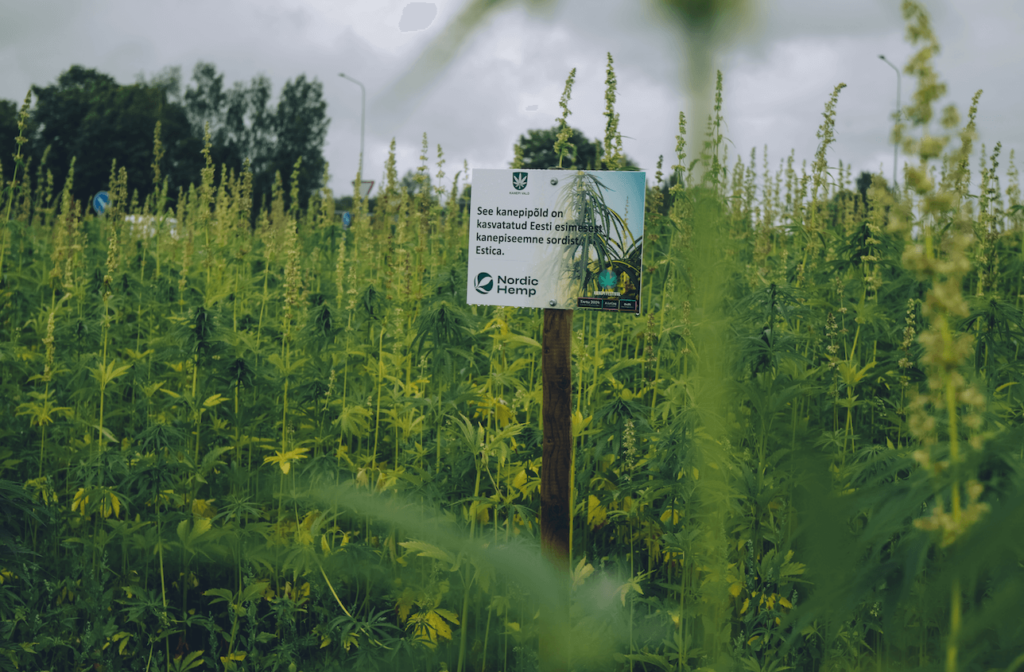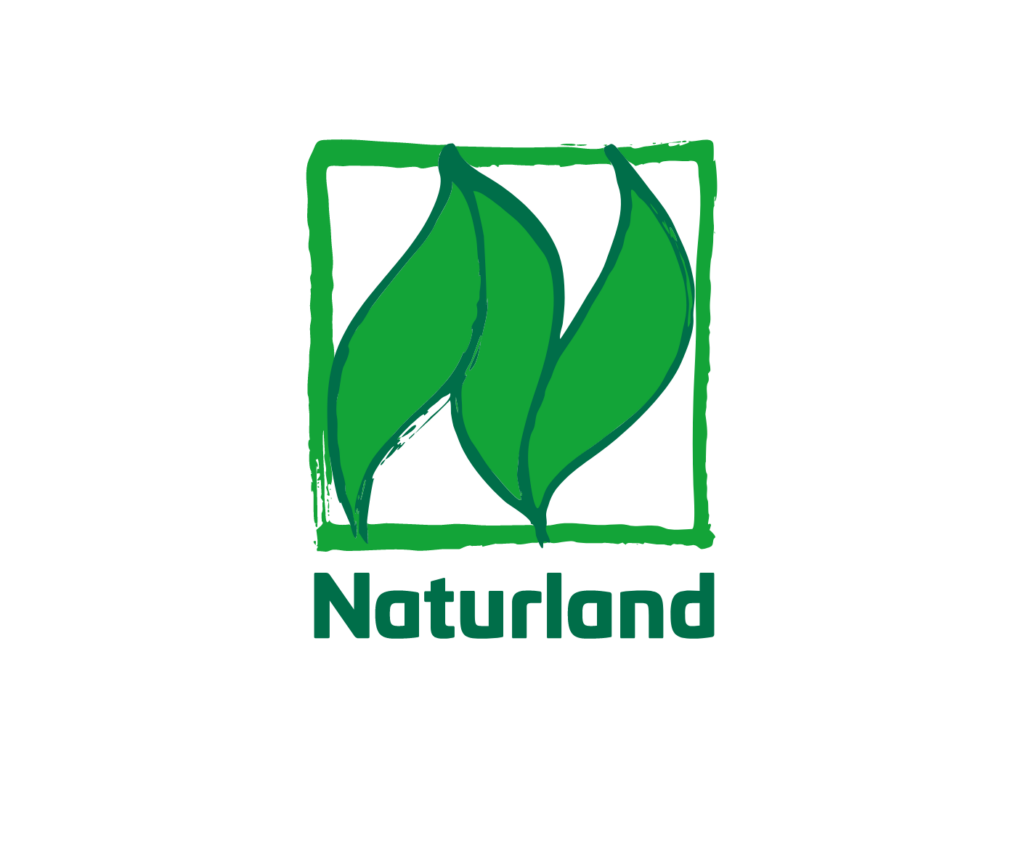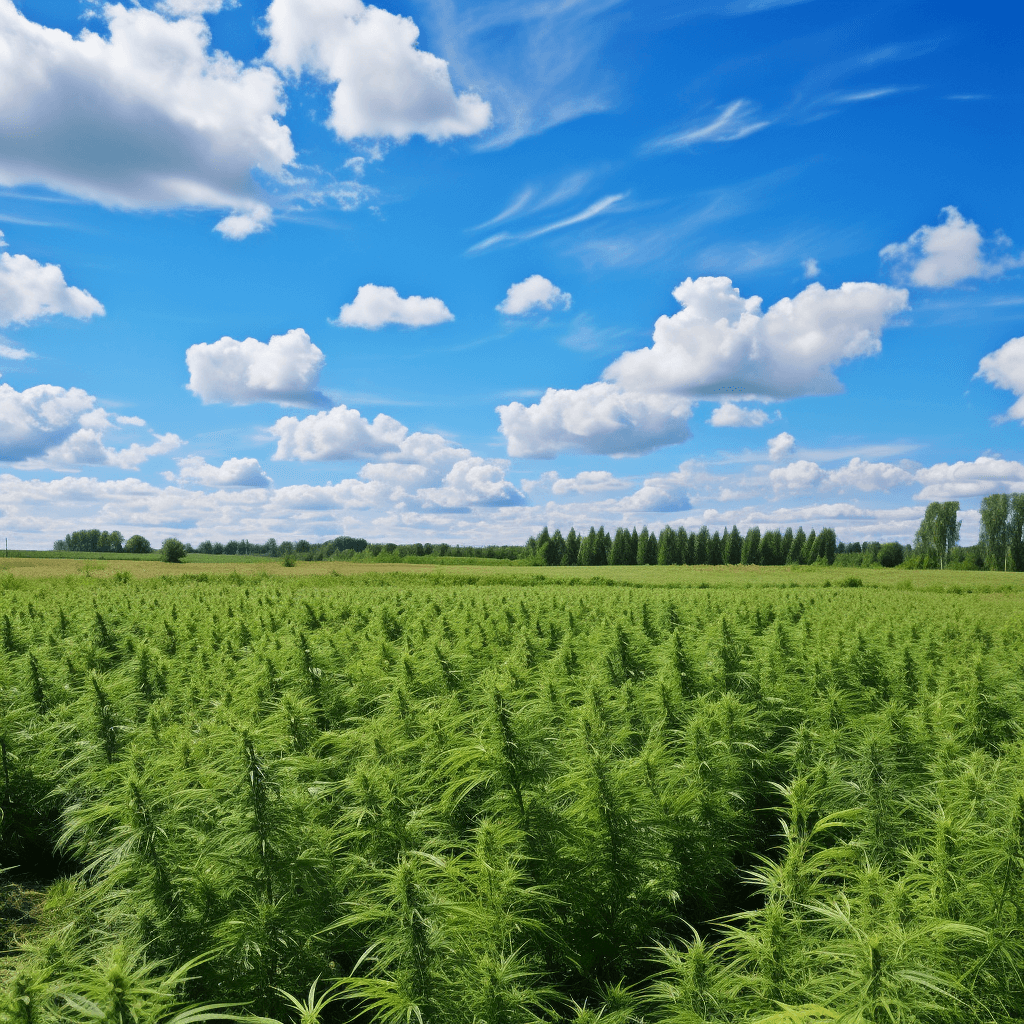Estonia – the 2nd biggest hemp grower in Europe
In 2022 Estonia was the 2nd biggest hemp grower in Europe behind France.
Hemp was grown on 7120 ha. (source – PRIA).
This significant milestone highlights Estonia’s progressive approach towards sustainable agriculture and the growing potential of hemp as a valuable agricultural commodity. The country’s favorable climate and fertile soil provide ideal conditions for hemp cultivation, contributing to its success in the industry. Estonian farmers have embraced the chance to cultivate hemp and benefit from its surging demand.
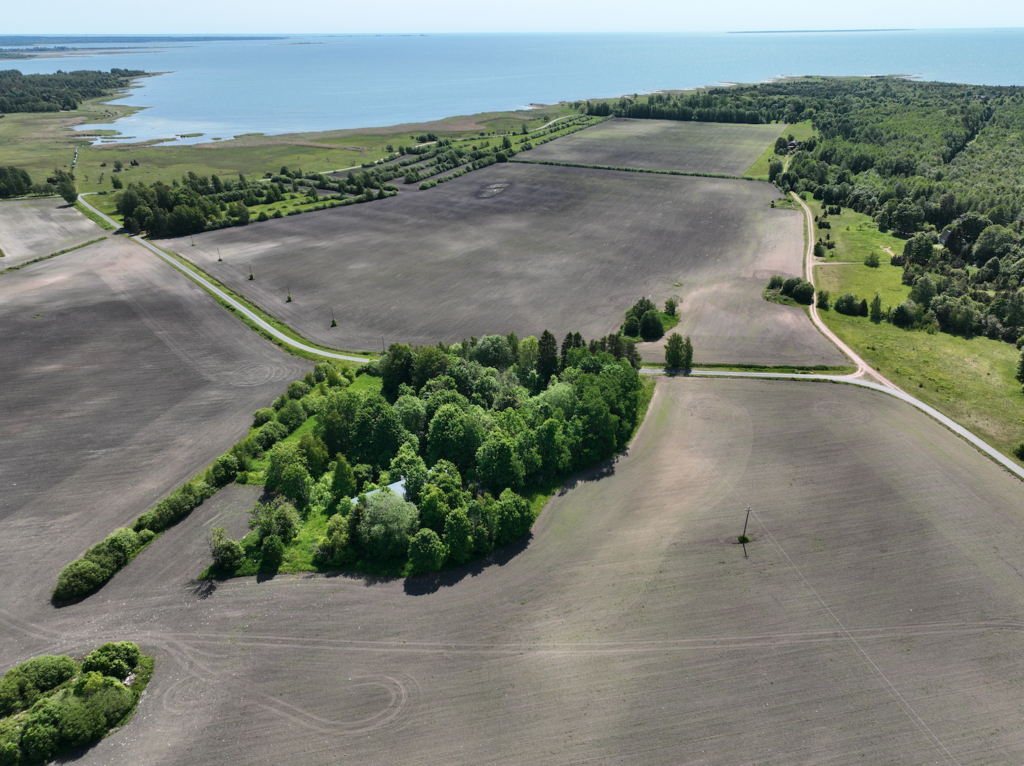
Economic and Environmental Benefits
The expansion of hemp cultivation in Estonia is driven by its compelling economic and environmental advantages. Hemp offers a diverse range of products, including fibres, seeds, and proteins, which have high market demand. The revenue potential from hemp-derived products has attracted farmers seeking sustainable income streams. Additionally, hemp’s low water requirements, natural resistance to pests, and ability to improve soil health through its deep root system align with Estonia’s commitment to environmentally friendly and sustainable agricultural practices.
Future Growth Prospects
Estonia’s ascent to becoming the second-largest hemp grower in Europe in 2022 is only the beginning of its hemp cultivation journey. The country has set its sights on further scaling up production to meet growing market demands. With increasing consumer awareness of hemp’s benefits and a rapidly expanding market for hemp-derived products, Estonia is well-positioned to capitalize on these opportunities. By embracing innovative cultivation techniques, exploring new hemp varieties, and strengthening collaborations across the industry, Estonia aims to cement its position as a leading player in the European hemp market.
2023
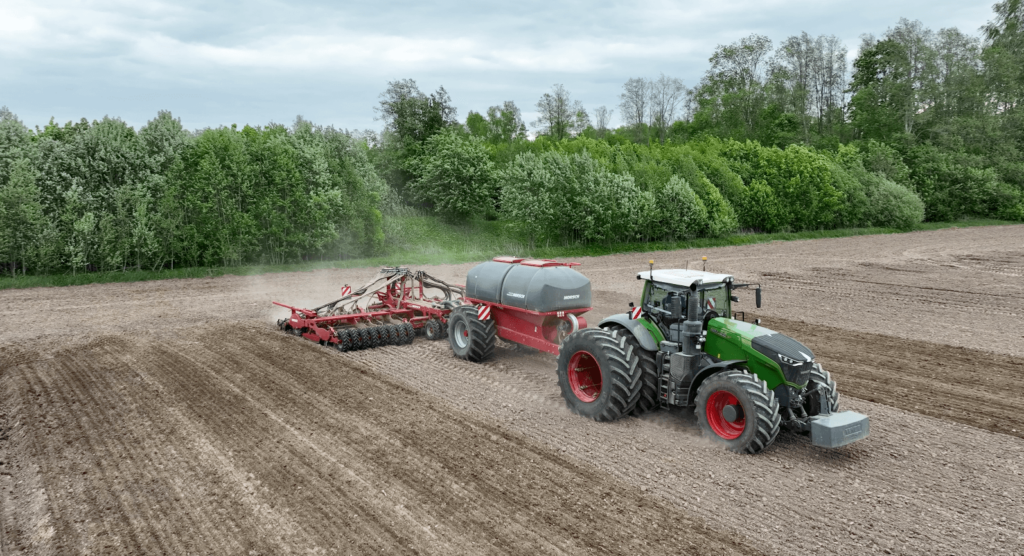
In recent years, Estonian farmers have embraced hemp cultivation as a viable option for their agricultural endeavors. Organizations like the Nordic Hemp Cooperation have played a crucial role in promoting and supporting hemp farming across the country. The association, founded by Estonia’s five largest hemp growers in 2017, has been instrumental in establishing modern processing facilities for hemp seeds, facilitating seed sorting, hulling, and oil extraction. Their efforts have not only propelled Estonia to become one of Europe’s largest hemp producers but also provided farmers with the necessary infrastructure and support to thrive in this emerging industry.
The demand for hemp seeds will probably increase in the end of 2023, because there is already a change in the market.
More and more of hemp seeds travel to different continents from Europe because the knowledge of the clean air and soil of our region gain popularity.
A lot of customers are already looking to acquire the raw materials before autumn in fear of the price increase and shortage of seeds on the market due to high demand.
Hemp seed harvest of 2023
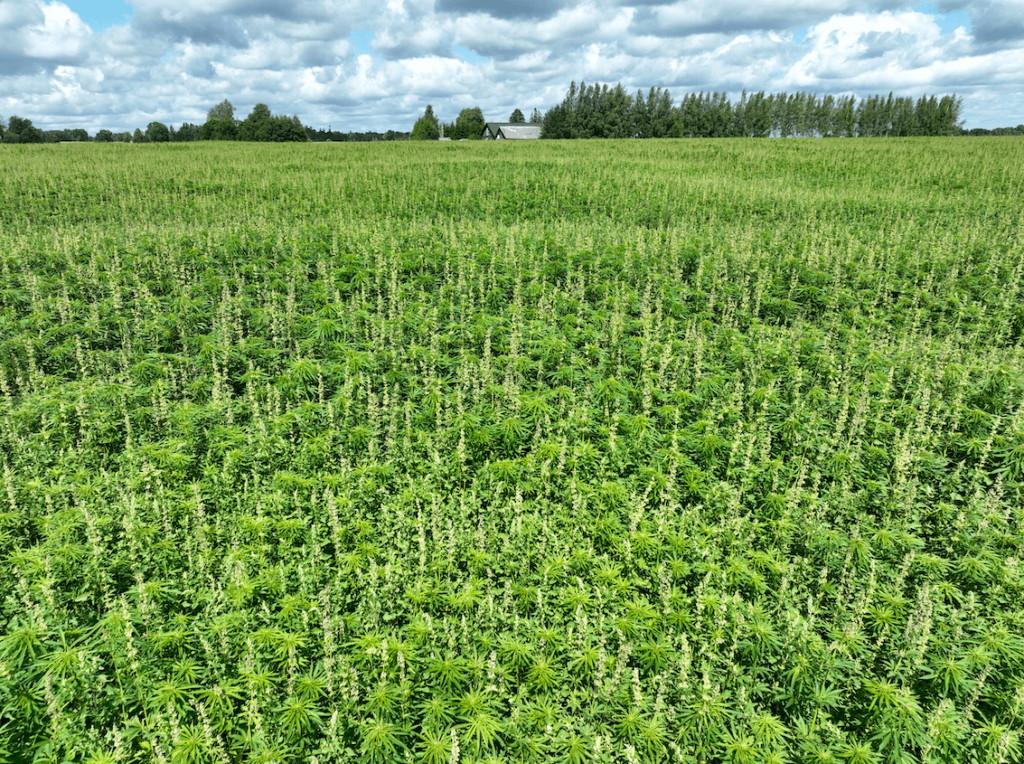
Establishing long-term partnerships is crucial when it comes to collaboration in the hemp industry. Particularly in securing a stable supply of hemp seeds well in advance to avoid missing out during the harvesting period. In this dynamic market, spot deals for hemp seeds are relatively rare. Therefore, building lasting relationships with trusted suppliers and securing seed reserves ahead of time, ensures that farmers can capitalize on the growing demand for hemp without facing potential shortages or delays. Such proactive measures contribute to the sustainability and success of the hemp cultivation process.
“The power of success lies in the ability to think ahead, strategize effectively, and execute with precision.”


